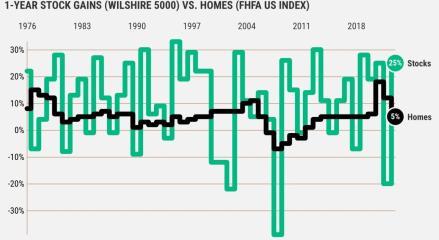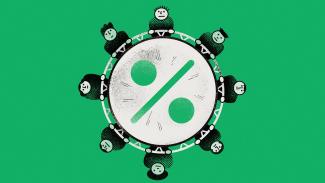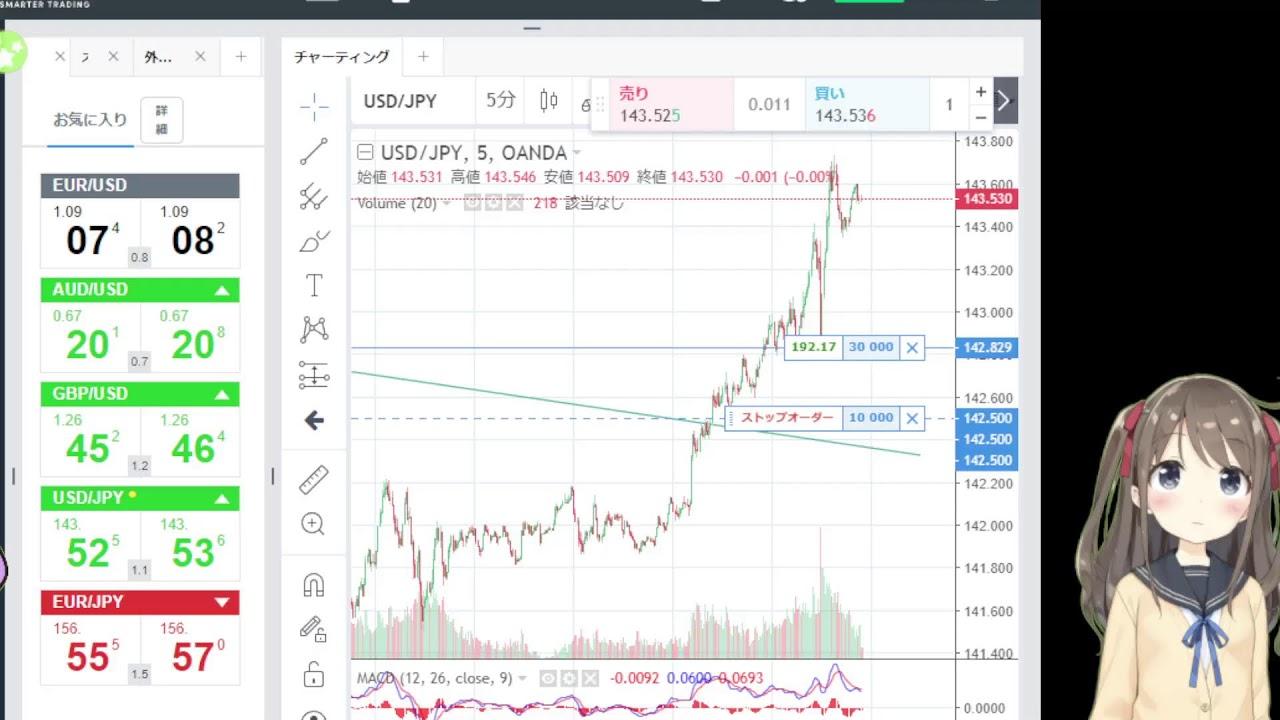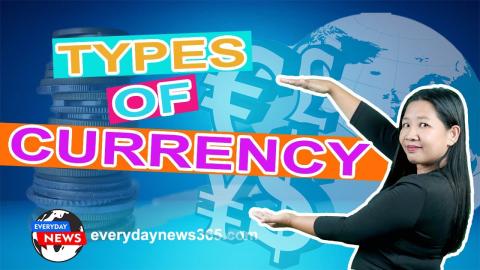It’s popular to think about currency pairs in terms of the currency listed above (on the left).
The standard is the currency shown above (on the left) in "currency pair." "US dollar" denotes the US dollar / yen, "Euro" denotes the euro / US dollar, and "British pound" denotes the British pound / US dollar.
Furthermore, an increase in the exchange rate equates to an increase in the value of the reference currency, while a reduction in the exchange rate equates to a decrease in the value of the reference currency.
In the case of the US dollar and the Japanese yen, the "US dollar" is written first (on the left side) and the "Japanese yen" is written later (on the right side), therefore "US dollar" is the standard. Because the value of the standard US dollar has increased, a rise in the US dollar / yen is referred to as "strong US dollar / weak yen," and a fall in the US dollar / yen is referred to as "weak US dollar / strong yen." can.

"Euro / US Dollar" is also based on "Euro." As a result, the rise of the euro versus the US dollar has boosted the value of the standard euro, resulting in a rise in the euro's value and a weakening of the US dollar.
















